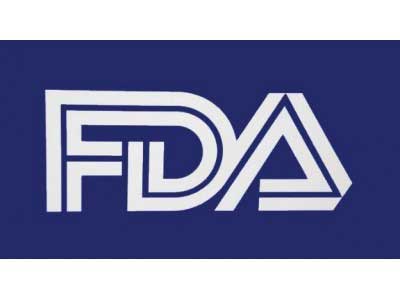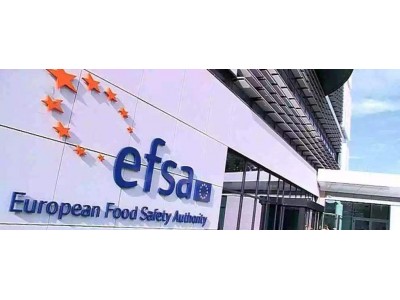銆€銆€鎹簡瑙o紝杩欑椋熷搧閰舵槸鐢�杞熀鍥�鍦拌。鑺藉鏉嗚弻鑿屾牚NZYM-BC鐢熶骇鐨勶紝鏃ㄥ湪鐢ㄤ簬鐢熶骇钁¤悇绯栨祮鍜屽叾浠栨穩绮夋按瑙d骇鐗╃殑娣€绮夊姞宸ャ€佽捀棣忛厭绮剧敓浜с€侀吙閫犺繃绋嬨€佽胺鐗╁姞宸ャ€佺簿鍒跺拰鏈簿鍒剁硸鐢熶骇浠ュ強鏋滄眮鐢熶骇鐨勬按鏋滃拰钄彍鍔犲伐銆�
銆€銆€缁忚繃璇勪及锛屼笓瀹跺皬缁勮涓猴紝鍦ㄩ鏈熺殑浣跨敤鏉′欢涓嬶紝涓嶈兘鎺掗櫎楗鏆撮湶寮曡捣杩囨晱鍜岃鍙戝弽搴旂殑椋庨櫓锛屼絾杩欑鎯呭喌鍙戠敓鐨勫彲鑳芥€у緢浣庛€傛牴鎹墍鎻愪緵鐨勬暟鎹紝璇勪及灏忕粍寰楀嚭缁撹锛岃繖绉嶉鍝侀叾鍦ㄩ鏈熶娇鐢ㄦ潯浠朵笅涓嶄細寮曡捣瀹夊叏闂銆傞儴鍒嗗師鏂囨姤閬撳涓嬶細
銆€銆€The food enzyme α-amylase (4-α-d-glucan glucanhydrolase; EC 3.2.1.1) is produced with the genetically modified Bacillus licheniformis strain NZYM-BC by Novozymes A/S. The genetic modifications do not give rise to safety concerns. The production strain was shown to qualify for the qualified presumption of safety (QPS) status. The food enzyme was free from viable cells of the production organism and its DNA. It is intended to be used in six food manufacturing processes, namely starch processing for the production of glucose syrups and other starch hydrolysates, distilled alcohol production, brewing processes, cereal-based processes, refined and unrefined sugar production and fruit and vegetable processing for juice production. Since the residual amounts of total organic solids (TOS) are removed by distillation and by the purification steps applied during the production of glucose syrups, dietary exposure was not calculated for these two food manufacturing processes. For the remaining four processes, the dietary exposure to the food enzyme–TOS was estimated to be up to 0.05 mg TOS/kg body weight per day in European populations. Genotoxicity tests did not raise safety concern. The similarity of the amino acid sequence of the food enzyme to those of known allergens was searched and one match was found. The Panel considered that, under the intended conditions of use, the risk of allergic sensitisation and elicitation reactions by dietary exposure cannot be excluded, but the likelihood was considered to be low. based on the data provided, the Panel concluded that this food enzyme does not give rise to safety concerns under the intended conditions of use.
銆€銆€鏈枃鐢遍鍝佷紮浼寸綉椋熷搧璧勮涓績缂栬緫锛屾湁浠讳綍鐤戦棶锛岃鑱旂郴news@www.sqrdapp.com銆�











 鍦板尯锛�
鍦板尯锛�






 椴佸叕缃戝畨澶� 37060202000128鍙�
椴佸叕缃戝畨澶� 37060202000128鍙�



